Home>Storage & Organization>Kitchen Organizing Tools>Why Do Cats Run Around After Using The Litter Box
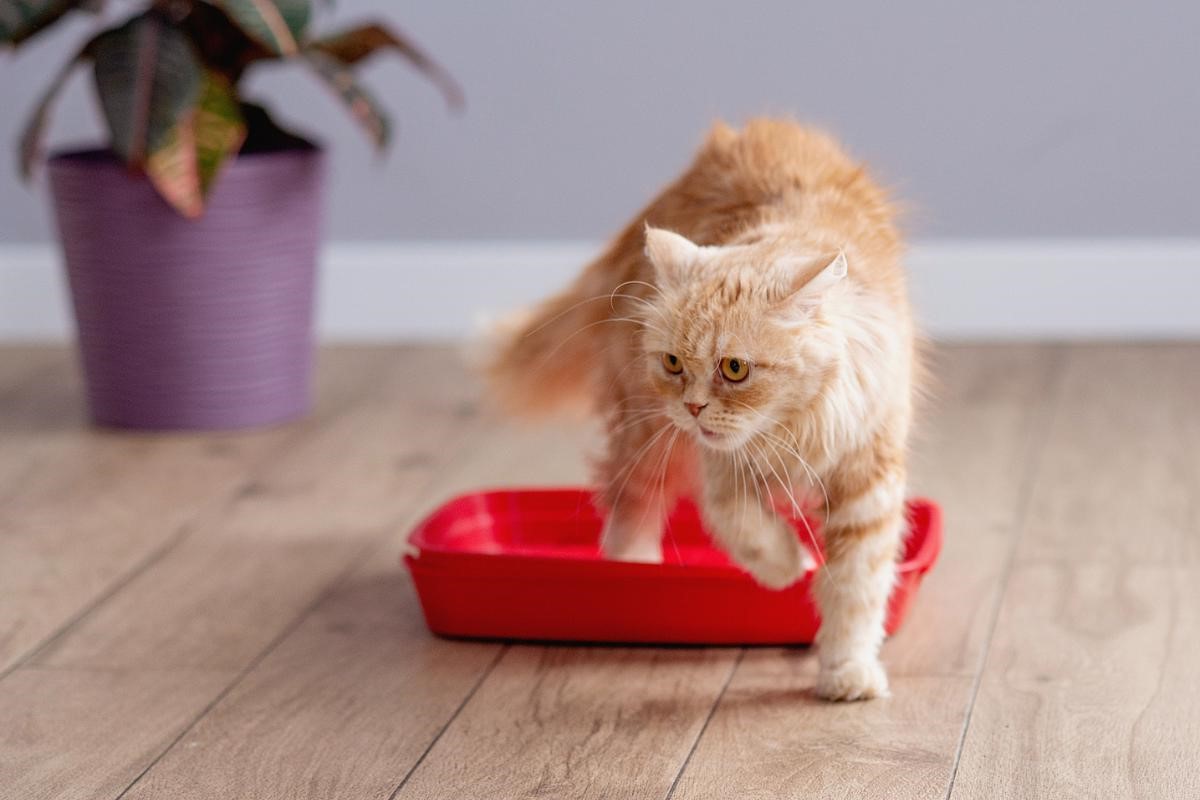

Kitchen Organizing Tools
Why Do Cats Run Around After Using The Litter Box
Published: February 23, 2024
Discover the best kitchen organizing tools to keep your space clutter-free and efficient. Find out how to optimize your kitchen with these essential items.
(Many of the links in this article redirect to a specific reviewed product. Your purchase of these products through affiliate links helps to generate commission for Storables.com, at no extra cost. Learn more)
Introduction
Have you ever noticed your feline friend dashing around the house with unbridled energy immediately after using the litter box? This peculiar behavior often leaves pet owners puzzled, prompting the question: "Why do cats run around after using the litter box?" While it may seem like a mysterious and inexplicable phenomenon, there are several potential reasons behind this post-litter box sprint. Understanding this behavior can provide valuable insights into your cat's instincts, health, and environment, ultimately strengthening the bond between you and your furry companion.
The sight of a cat engaging in a frenzied burst of activity following a visit to the litter box is a common occurrence for many pet owners. This behavior, often characterized by rapid sprints, playful leaps, and sudden bursts of energy, can be both amusing and perplexing. As a pet owner, it's natural to be curious about the underlying reasons for this behavior and its significance in the overall well-being of your cat.
In this article, we will delve into the intriguing world of feline behavior to unravel the mystery behind why cats exhibit such lively antics after using the litter box. By exploring potential explanations rooted in instinctual behavior, medical factors, and environmental influences, we aim to shed light on this fascinating aspect of cat behavior. Whether you're a seasoned cat owner or a curious observer of feline habits, gaining a deeper understanding of this behavior can offer valuable insights into the inner workings of your beloved pet's mind and body.
Key Takeaways:
- Cats run around after using the litter box due to instinctual behavior, where they release stress and assert their territory, reflecting their wild survival instincts.
- Cats may also run around after using the litter box due to medical reasons, such as relieving discomfort, and environmental factors, like asserting dominance and reacting to changes in their surroundings.
Read more: Why Do Cats Use A Litter Box
The Litter Box Behavior
The sight of a cat dashing around the house with unbridled energy immediately after using the litter box is a familiar and often amusing spectacle for many pet owners. This post-litter box sprint, characterized by rapid sprints, playful leaps, and sudden bursts of energy, has piqued the curiosity of cat enthusiasts worldwide. While this behavior may seem enigmatic at first glance, it offers a fascinating glimpse into the intricate world of feline behavior.
Upon completing their business in the litter box, cats often exhibit a sudden surge of energy, engaging in a flurry of activity that can include running, jumping, and playful antics. This behavior, commonly referred to as "litter box zoomies," is a source of amusement and wonder for many pet owners. The immediate transition from a seemingly mundane activity to a burst of exuberance has sparked numerous discussions and theories among cat lovers and experts alike.
The phenomenon of post-litter box zoomies is not limited to a specific breed or age group of cats, making it a widespread and intriguing aspect of feline behavior. Whether it's a young kitten or a mature cat, the display of energetic behavior following a visit to the litter box is a common occurrence, transcending various feline demographics.
Observing this behavior in cats prompts a natural inclination to understand its underlying causes and significance. While the exact reasons behind this behavior remain a subject of speculation, several potential explanations have been proposed to shed light on this captivating aspect of feline behavior. By exploring these theories, pet owners can gain valuable insights into their cat's instincts, health, and overall well-being.
The post-litter box sprint may appear as a spontaneous burst of energy, but it holds deeper implications for understanding a cat's behavior and emotional state. By unraveling the mystery behind this behavior, pet owners can forge a deeper connection with their feline companions, fostering a greater understanding of their needs and instincts. As we delve into the potential explanations for this behavior, we embark on a captivating journey into the enigmatic world of feline behavior, where each playful leap and energetic sprint offers a glimpse into the unique and fascinating nature of our beloved cats.
Possible Explanations
The post-litter box sprint, often characterized by a sudden burst of energy and playful antics, has sparked a myriad of theories and speculations among cat enthusiasts and experts. While the exact reasons behind this behavior remain a subject of intrigue, several potential explanations have been proposed to shed light on this captivating aspect of feline behavior.
Instinctual Behavior
One compelling explanation for the post-litter box sprint lies in the realm of instinctual behavior deeply ingrained in cats. In the wild, felines are hardwired to exhibit a heightened sense of vigilance and energy after eliminating waste, a behavior rooted in their survival instincts. This instinctual response can be traced back to their evolutionary history, where the act of eliminating waste rendered them temporarily vulnerable to potential predators. To mitigate this vulnerability, cats instinctively engage in a burst of activity after using the litter box, effectively dissipating any residual stress or tension associated with the vulnerable act of elimination. This instinctual behavior serves as a protective mechanism, allowing cats to swiftly transition from a vulnerable state to a heightened state of alertness and readiness, thereby enhancing their chances of survival in the wild.
Medical Reasons
Another plausible explanation for the post-litter box sprint pertains to potential medical factors that may influence a cat's behavior. Cats experiencing discomfort or pain during the elimination process, such as those with urinary tract issues or gastrointestinal discomfort, may exhibit a surge of energy and agitation after using the litter box. This behavior can be attributed to the relief experienced by the cat upon completing the elimination process, prompting a display of energetic behavior as a response to the alleviation of discomfort. Additionally, cats with underlying medical conditions may experience a release of pent-up energy following the completion of a stressful or uncomfortable task, leading to the manifestation of post-litter box zoomies as a coping mechanism or a display of newfound comfort.
Environmental Factors
The environment in which a cat resides can also play a significant role in influencing post-litter box behavior. Cats are highly sensitive to their surroundings, and environmental factors such as the presence of other pets, changes in routine, or the introduction of unfamiliar scents can trigger a surge of energy and heightened activity after using the litter box. This behavior serves as a means for cats to assert their territorial confidence and reaffirm their sense of security within their living space. Furthermore, environmental stimuli such as the texture of the litter, the location of the litter box, and the overall cleanliness of the environment can impact a cat's post-litter box behavior, contributing to the display of energetic antics as a response to sensory stimulation and environmental cues.
As we explore these potential explanations, it becomes evident that the post-litter box sprint encompasses a complex interplay of instinctual, medical, and environmental factors, each contributing to the captivating display of feline behavior. By unraveling the multifaceted nature of this behavior, pet owners can gain a deeper understanding of their cat's instincts, health, and environmental sensitivities, fostering a stronger bond and a heightened appreciation for the enigmatic world of feline behavior.
Instinctual Behavior
One compelling explanation for the post-litter box sprint lies in the realm of instinctual behavior deeply ingrained in cats. In the wild, felines are hardwired to exhibit a heightened sense of vigilance and energy after eliminating waste, a behavior rooted in their survival instincts. This instinctual response can be traced back to their evolutionary history, where the act of eliminating waste rendered them temporarily vulnerable to potential predators. To mitigate this vulnerability, cats instinctively engage in a burst of activity after using the litter box, effectively dissipating any residual stress or tension associated with the vulnerable act of elimination. This instinctual behavior serves as a protective mechanism, allowing cats to swiftly transition from a vulnerable state to a heightened state of alertness and readiness, thereby enhancing their chances of survival in the wild.
The post-litter box sprint, characterized by rapid sprints, playful leaps, and sudden bursts of energy, reflects the feline instinct to remain vigilant and agile in the aftermath of eliminating waste. This behavior is deeply rooted in the evolutionary adaptations of cats, where the need to swiftly shift from a vulnerable state to a state of heightened awareness was crucial for survival in the wild. By engaging in a burst of activity, cats effectively disperse any residual stress or vulnerability associated with the act of elimination, allowing them to regain a sense of control and alertness in their environment.
Furthermore, the instinctual behavior displayed in the form of post-litter box zoomies serves as a means for cats to assert their territorial confidence and reaffirm their sense of security within their living space. In the wild, the immediate aftermath of eliminating waste required cats to assert their presence and readiness, signaling their preparedness to defend their territory and remain vigilant against potential threats. This instinctual response has persisted in domesticated cats, manifesting as a burst of energy and heightened activity following a visit to the litter box.
As pet owners observe their feline companions engaging in the post-litter box sprint, they witness a captivating display of instinctual behavior that harkens back to the evolutionary adaptations of cats. By recognizing the innate drive behind this behavior, pet owners can gain a deeper appreciation for the complex interplay of instinctual instincts and survival mechanisms that shape the captivating world of feline behavior.
Medical Reasons
Cats, like humans, can experience a range of medical issues that may influence their behavior, including the post-litter box sprint. One plausible explanation for this behavior pertains to potential medical factors that may impact a cat's post-elimination demeanor.
Cats experiencing discomfort or pain during the elimination process, such as those with urinary tract issues or gastrointestinal discomfort, may exhibit a surge of energy and agitation after using the litter box. This behavior can be attributed to the relief experienced by the cat upon completing the elimination process, prompting a display of energetic behavior as a response to the alleviation of discomfort. Additionally, cats with underlying medical conditions may experience a release of pent-up energy following the completion of a stressful or uncomfortable task, leading to the manifestation of post-litter box zoomies as a coping mechanism or a display of newfound comfort.
Furthermore, cats suffering from conditions such as constipation, diarrhea, or urinary tract infections may exhibit signs of discomfort or agitation during and after using the litter box. Once they have relieved themselves, the sense of relief and release from discomfort may prompt a burst of energy and heightened activity as a natural response to the alleviation of physical discomfort.
It's important for pet owners to be attentive to any changes in their cat's litter box behavior, as it can serve as an indicator of underlying medical issues. If a cat consistently displays excessive energy or agitation after using the litter box, it may be prudent to seek veterinary attention to rule out any potential medical concerns. Timely intervention and proper medical care can help address any underlying health issues, ensuring the well-being and comfort of the feline companion.
By considering the potential influence of medical factors on post-litter box behavior, pet owners can demonstrate a proactive approach to their cat's health and well-being. Understanding the connection between medical conditions and behavioral manifestations can empower pet owners to provide the necessary care and support for their beloved feline companions, fostering a nurturing and attentive environment that prioritizes the health and comfort of their pets.
Cats may run around after using the litter box to cover their scent and mark their territory. It’s a natural behavior, but if it becomes excessive, it’s best to consult a vet.
Environmental Factors
The environment in which a cat resides plays a significant role in influencing post-litter box behavior. Cats are highly sensitive to their surroundings, and various environmental factors can trigger a surge of energy and heightened activity after using the litter box.
One key environmental factor that can impact a cat's post-litter box behavior is the presence of other pets in the household. Cats are territorial animals, and the act of eliminating waste may prompt them to assert their dominance and reaffirm their territorial confidence. In multi-pet households, the presence of other animals can influence a cat's behavior after using the litter box. The need to assert their territory and establish a sense of security within the shared living space may manifest as a display of energetic antics, reflecting the cat's response to the presence of other pets.
Changes in routine or the introduction of unfamiliar scents can also contribute to the display of post-litter box zoomies. Cats are creatures of habit, and disruptions to their established routines can evoke a heightened sense of alertness and energy. Similarly, the introduction of unfamiliar scents, such as new cleaning products or foreign odors, can stimulate a cat's sensory perception, prompting a surge of activity as a response to the altered olfactory environment.
The texture of the litter, the location of the litter box, and the overall cleanliness of the environment are additional environmental factors that can influence a cat's post-litter box behavior. Cats are known for their fastidious nature, and any discrepancies in the litter box setup or environmental hygiene can elicit a heightened response from the feline occupant. The discomfort or dissatisfaction stemming from these environmental factors may prompt a cat to engage in a burst of energy and activity, signaling their response to sensory stimulation and environmental cues.
By recognizing the impact of environmental factors on a cat's post-litter box behavior, pet owners can create a conducive and harmonious living environment for their feline companions. Understanding the influence of the environment on a cat's behavior allows pet owners to make informed adjustments to the living space, ensuring that it caters to the sensory and territorial needs of their beloved pets. Through a thoughtful and attentive approach to environmental considerations, pet owners can cultivate a nurturing and enriching environment that supports their cat's well-being and natural behavioral expressions.
Read more: Why Do Older Cats Stop Using The Litter Box
Conclusion
The enigmatic behavior of cats running around after using the litter box, often referred to as post-litter box zoomies, encompasses a fascinating interplay of instinctual, medical, and environmental factors. This captivating display of feline behavior offers valuable insights into the intricate world of cats, shedding light on their instincts, health, and environmental sensitivities.
The instinctual behavior exhibited by cats following a visit to the litter box reflects their evolutionary adaptations and survival mechanisms. In the wild, the act of eliminating waste rendered cats temporarily vulnerable, prompting them to engage in a burst of activity to dissipate any residual stress or tension. This instinctual response serves as a protective mechanism, allowing cats to swiftly transition from a vulnerable state to a heightened state of alertness and readiness, a behavior deeply ingrained in their evolutionary history.
Medical factors can also influence a cat's post-litter box behavior, with discomfort or pain during the elimination process potentially leading to a surge of energy and agitation. Cats experiencing underlying medical conditions may exhibit a release of pent-up energy following the completion of a stressful or uncomfortable task, manifesting as post-litter box zoomies as a coping mechanism or a display of newfound comfort. It is crucial for pet owners to be attentive to any changes in their cat's litter box behavior, as it can serve as an indicator of underlying medical issues, necessitating timely veterinary attention.
Environmental factors, including the presence of other pets, changes in routine, and the overall cleanliness of the environment, can significantly impact a cat's post-litter box behavior. Cats are highly sensitive to their surroundings, and disruptions or discrepancies in their living environment can evoke a heightened response, prompting a surge of energy and activity as a response to sensory stimulation and territorial assertions.
By unraveling the multifaceted nature of post-litter box behavior, pet owners can gain a deeper understanding of their cat's instincts, health, and environmental sensitivities. This understanding fosters a stronger bond between pet owners and their feline companions, allowing for a nurturing and attentive approach to their well-being and behavioral expressions. As pet owners continue to observe and appreciate the captivating world of feline behavior, the post-litter box sprint remains a delightful and intriguing aspect of the unique bond shared between humans and their beloved cats.
Frequently Asked Questions about Why Do Cats Run Around After Using The Litter Box
Was this page helpful?
At Storables.com, we guarantee accurate and reliable information. Our content, validated by Expert Board Contributors, is crafted following stringent Editorial Policies. We're committed to providing you with well-researched, expert-backed insights for all your informational needs.
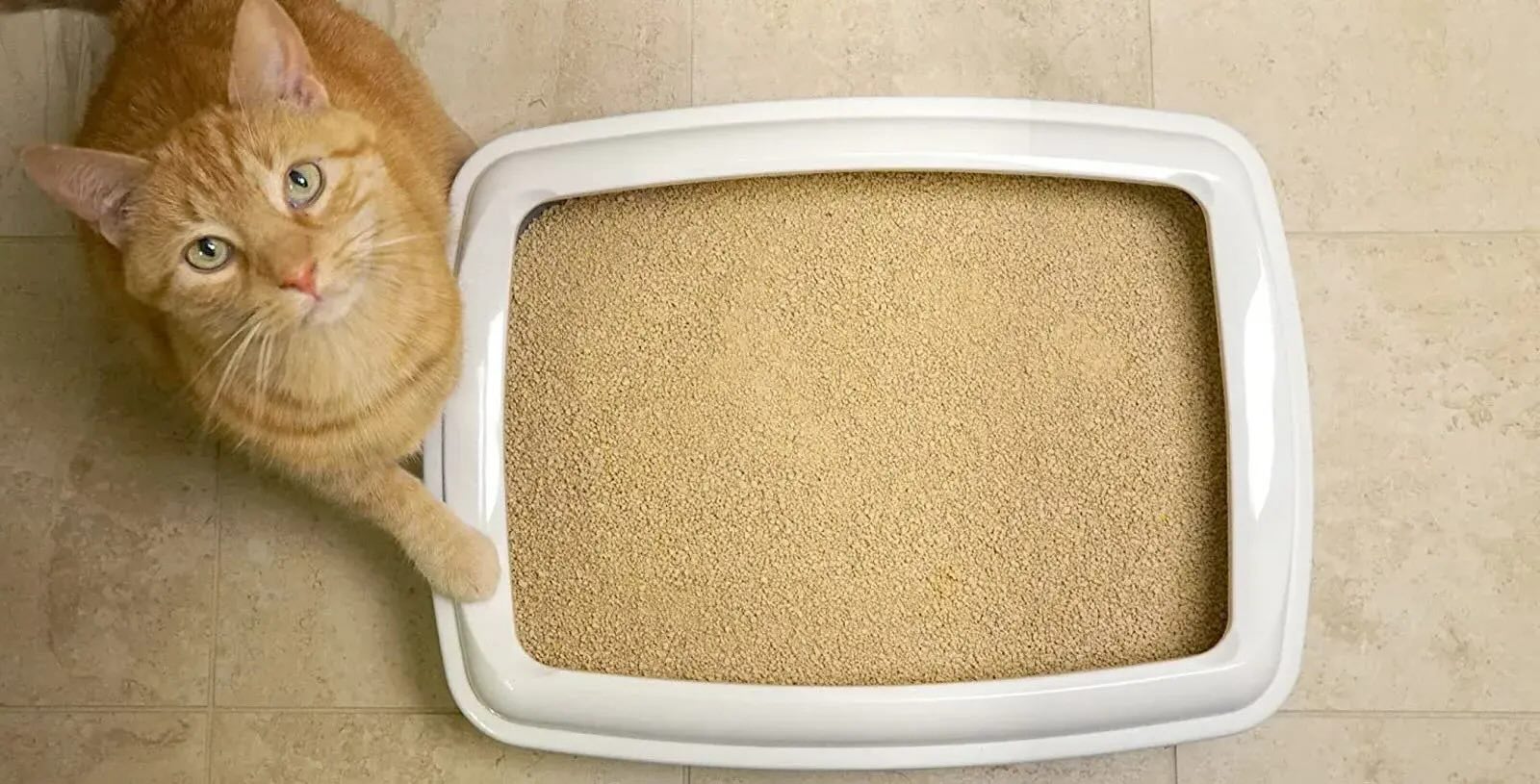
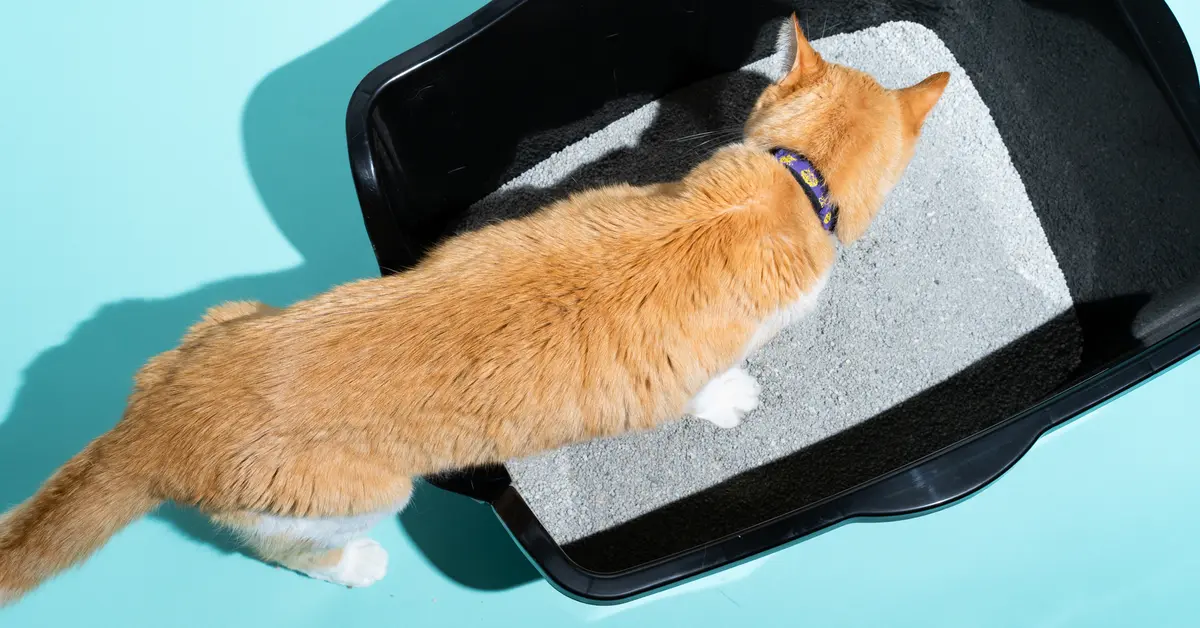
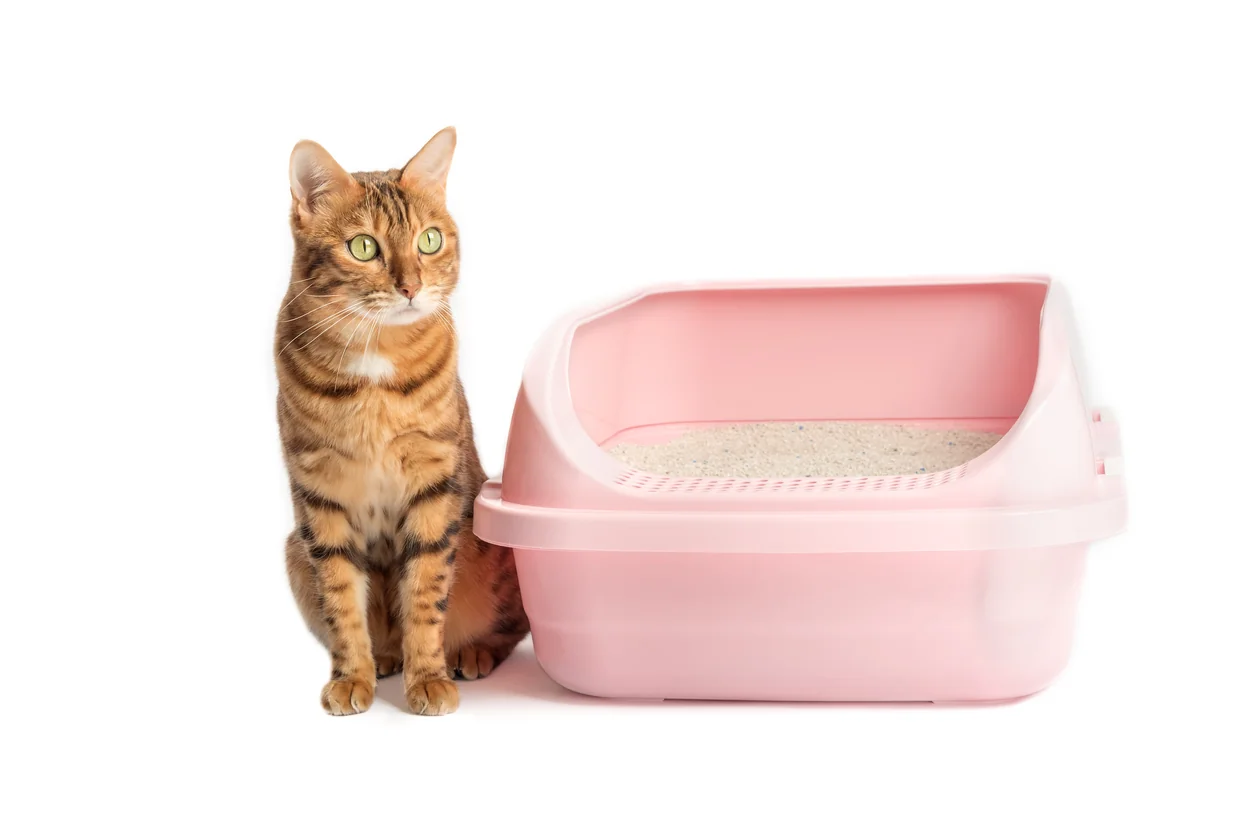
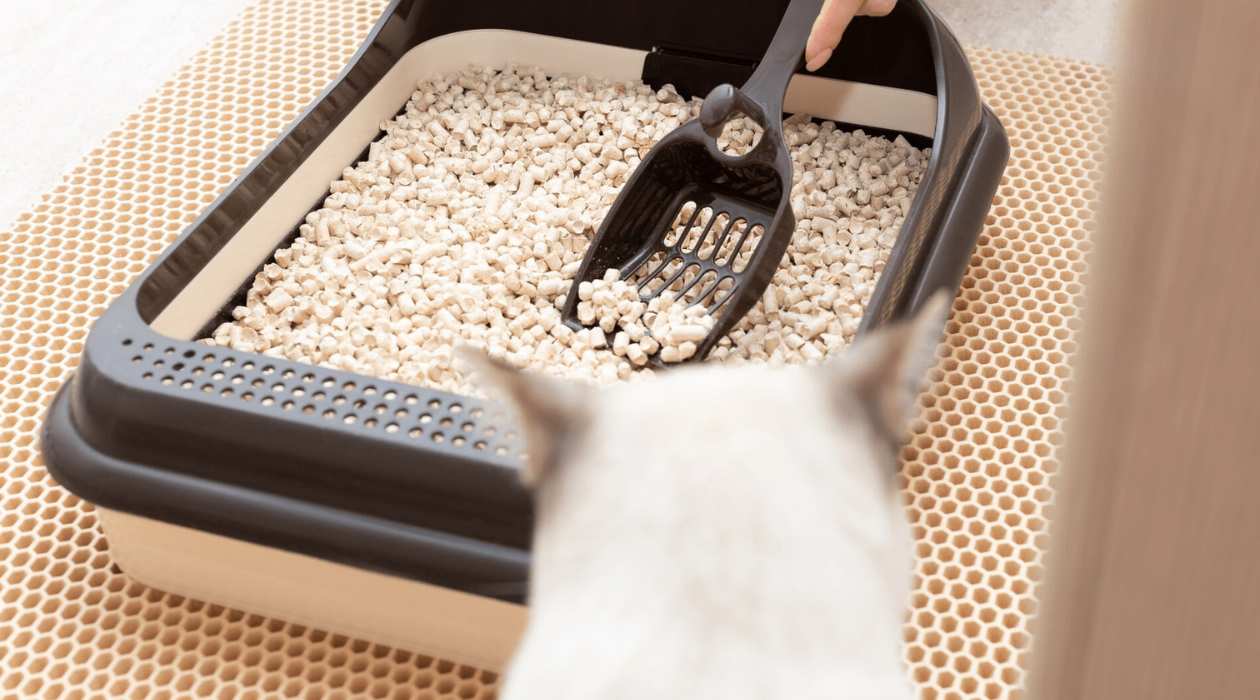
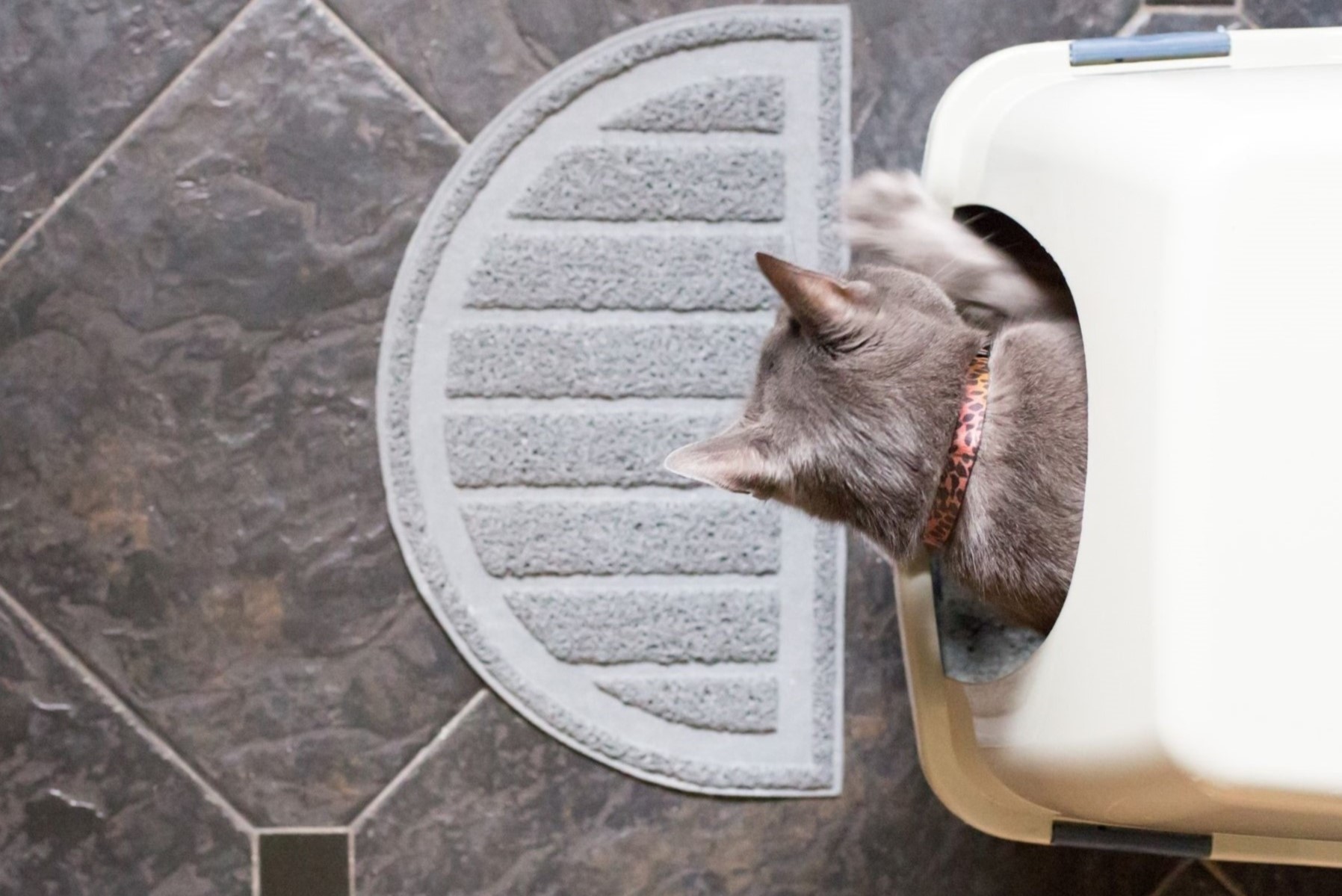
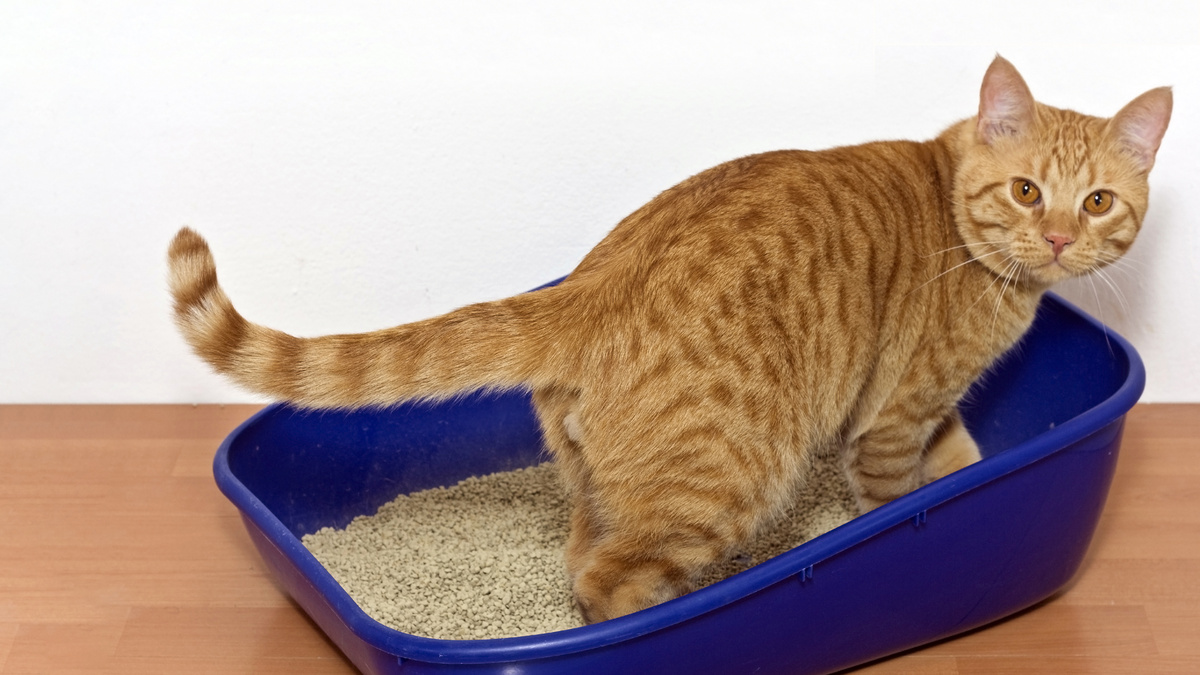
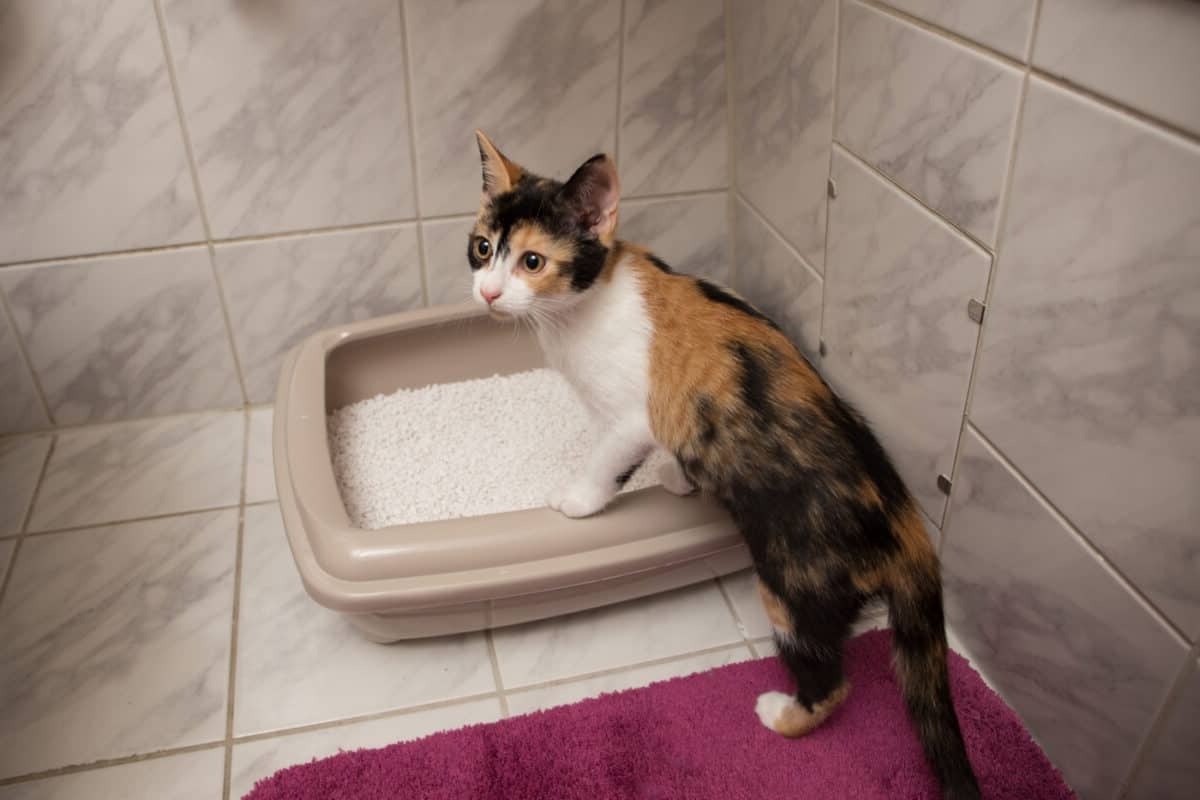
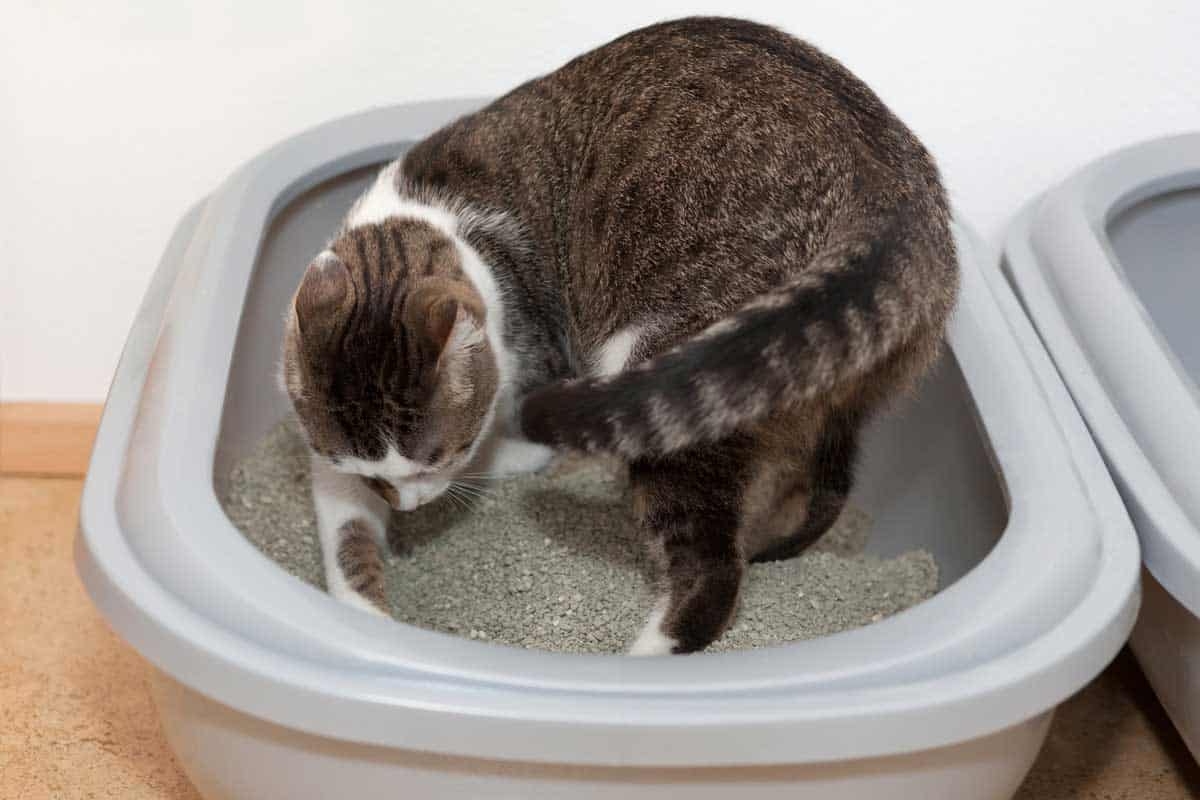
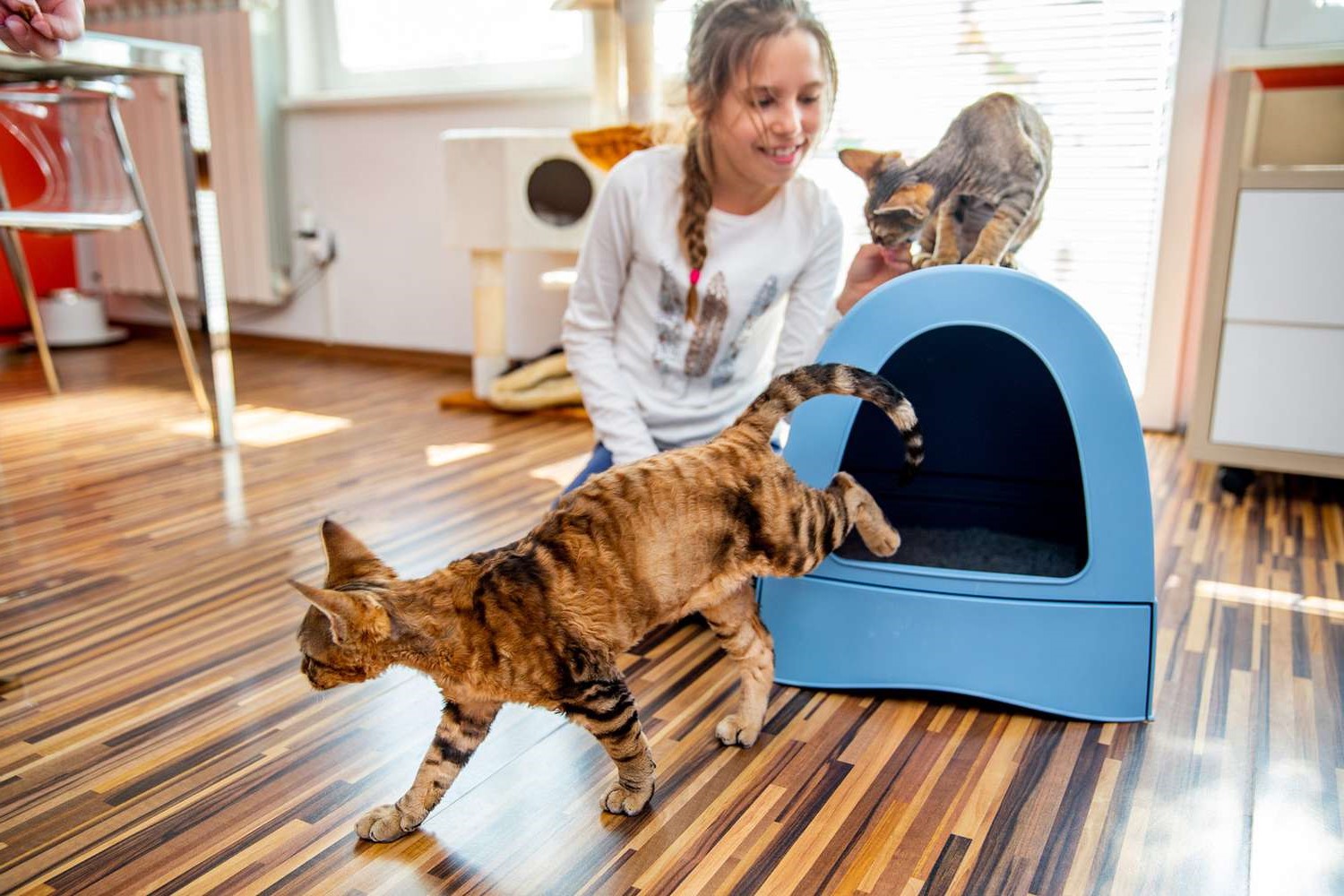
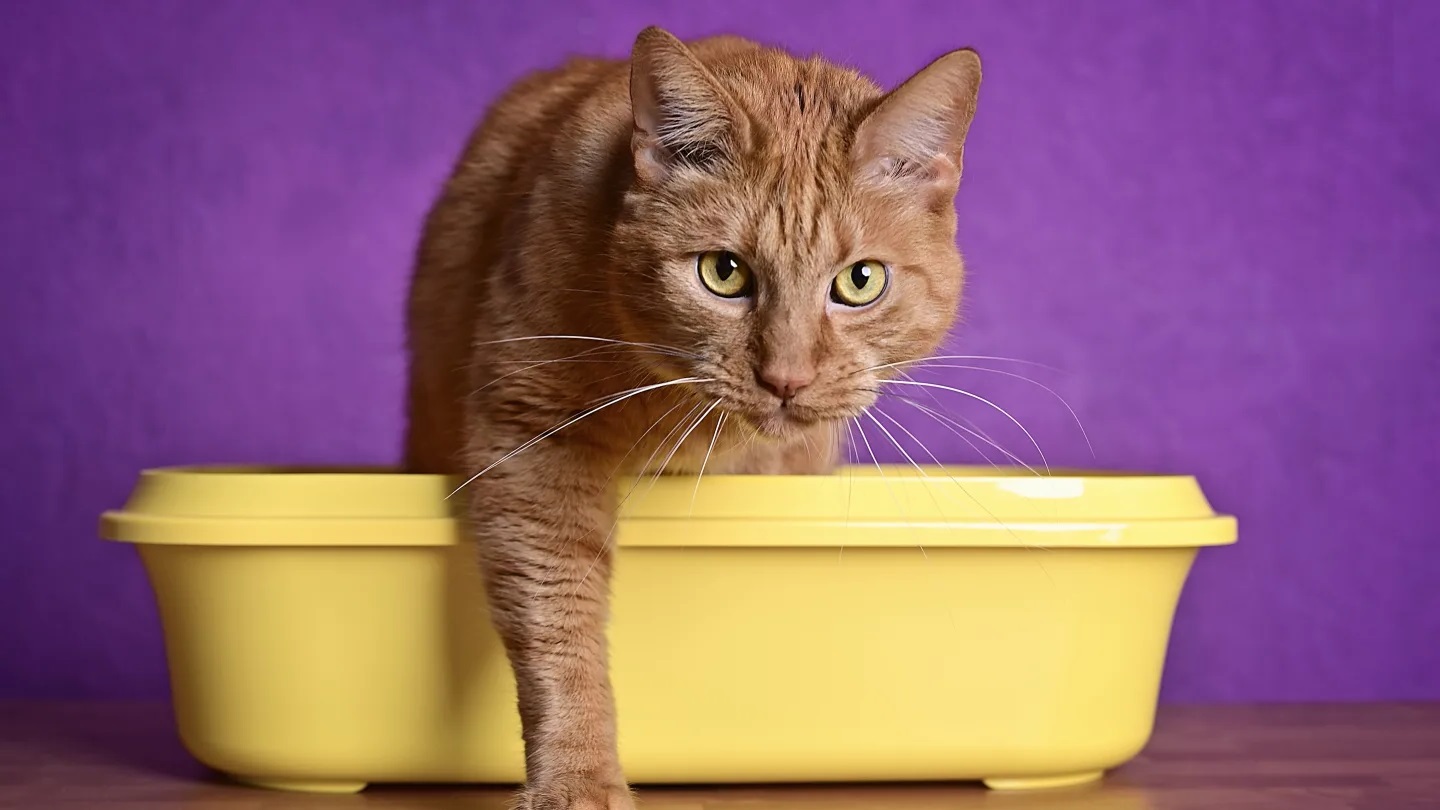
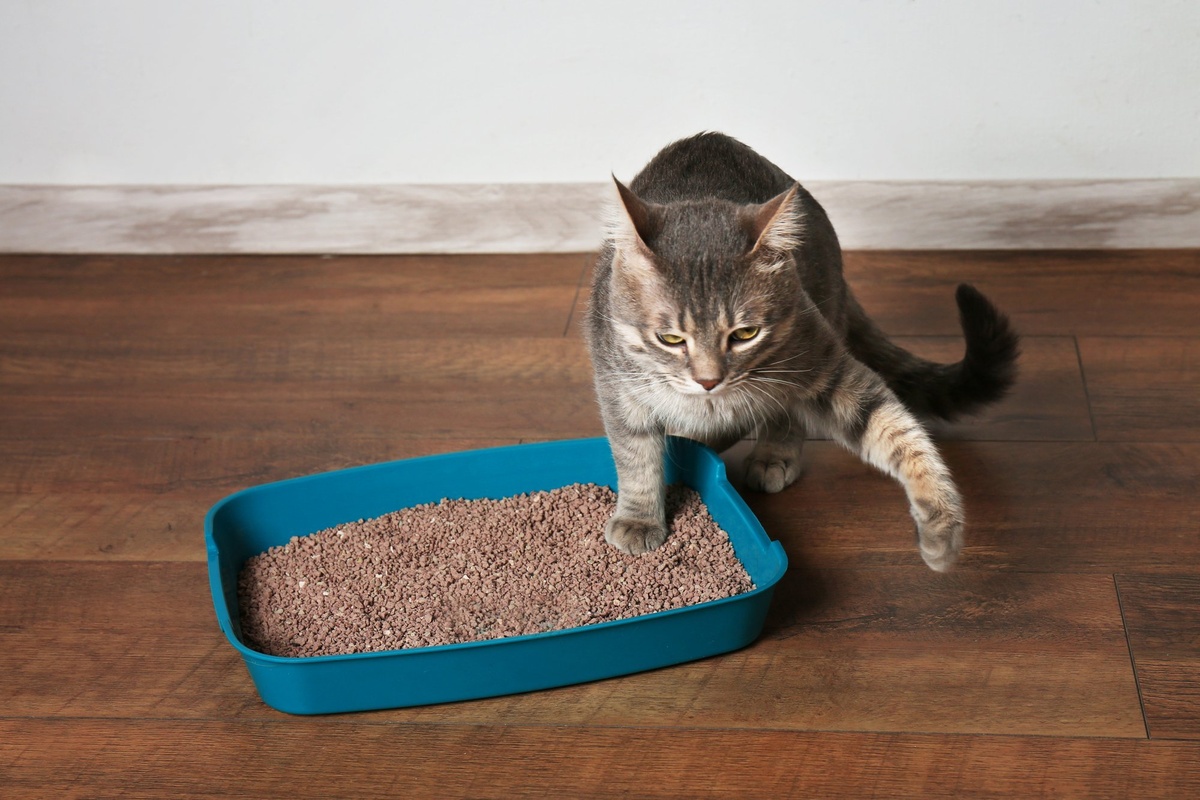
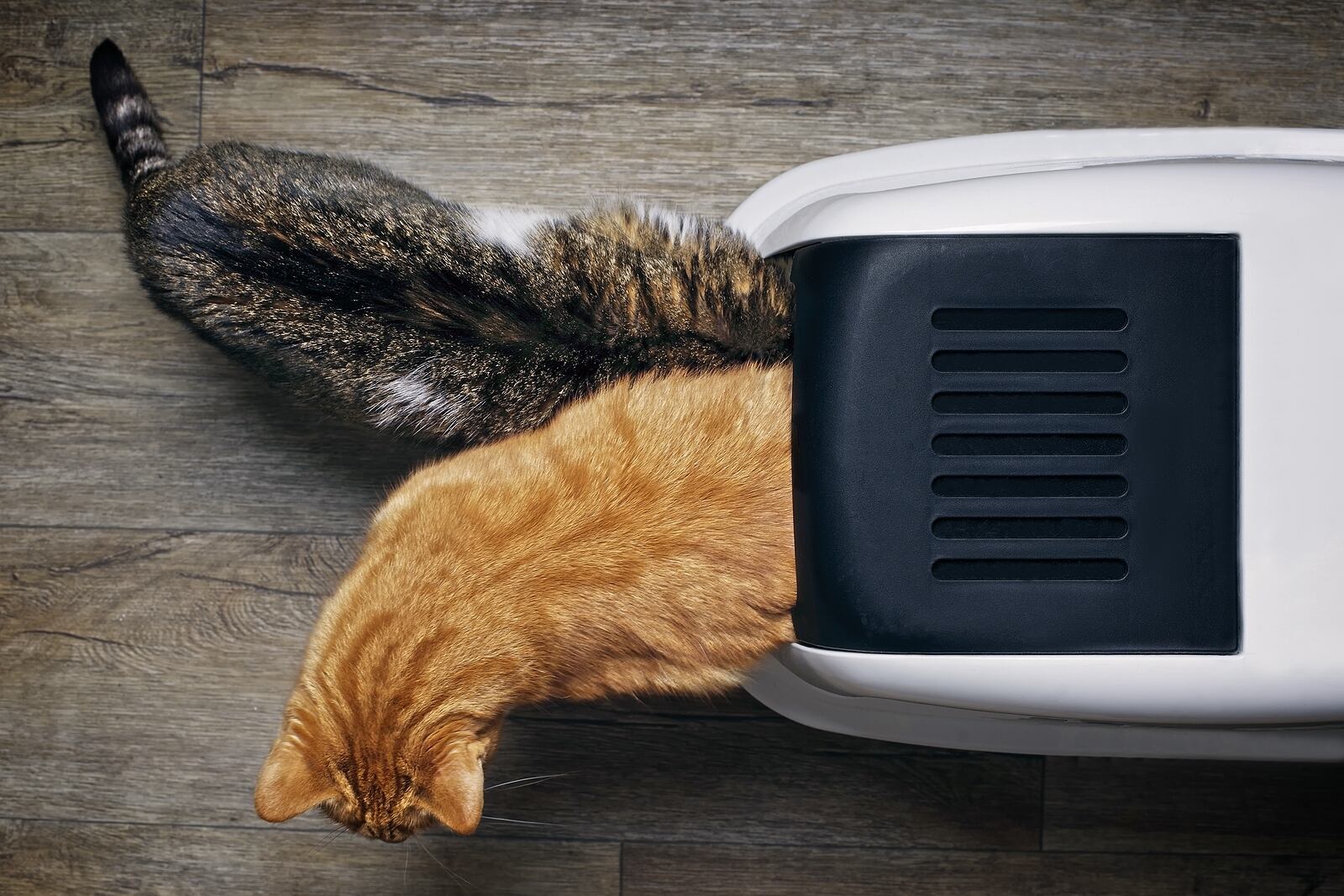
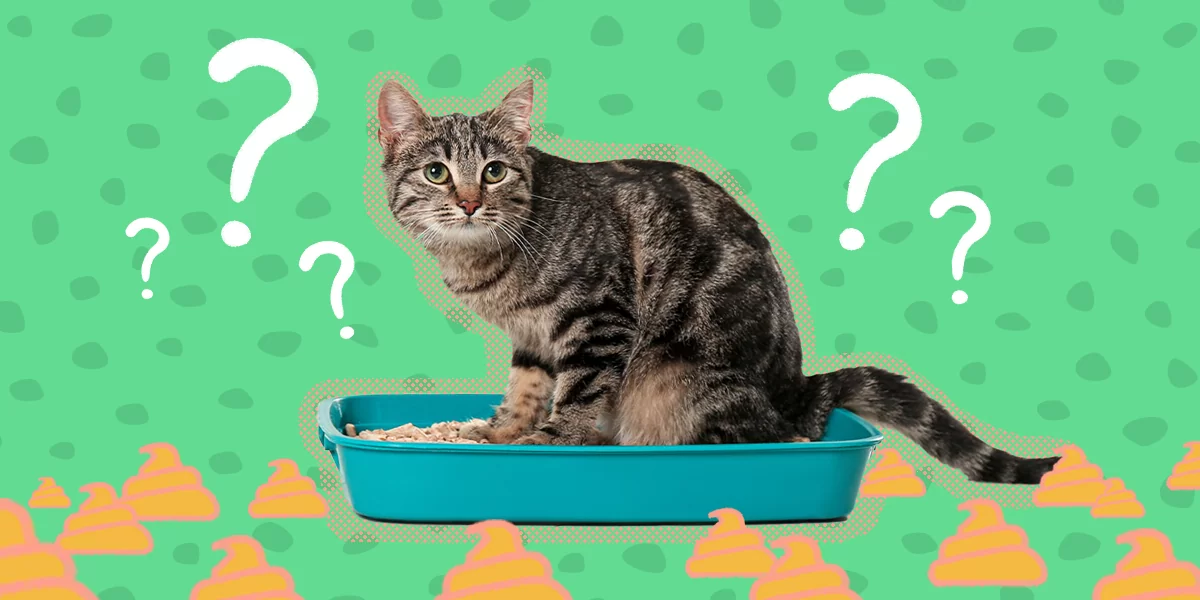

0 thoughts on “Why Do Cats Run Around After Using The Litter Box”